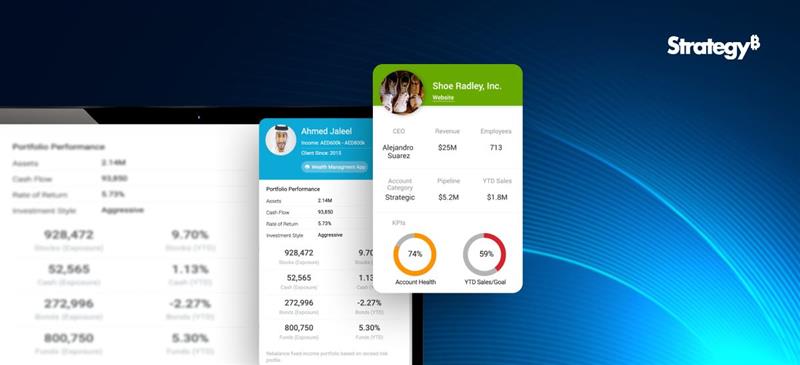The road to sustainability
Reducing your IT footprint requires a multi-pronged approach. Here are some key steps:
1. Energy Efficiency:
• Optimize Data Centers: Virtualization and cloud computing can significantly reduce the number of physical servers needed. Implementing efficient cooling systems, such as liquid cooling, can minimize energy consumption. Continuously monitor and improve Power Usage Effectiveness (PUE) to track and enhance energy efficiency.
• Focus on Hardware and Software: Invest in energy-efficient devices like laptops, servers, and networking equipment. Optimize software for reduced energy consumption and implement robust standby power management features.
• Embrace Renewable Energy: Explore the use of solar, wind, or hydro power to power data centers and office spaces.
2. E-waste Reduction:
• Responsible Disposal: Establish proper e-waste recycling programs that ensure data security during device disposal. Partner with certified e-waste recyclers who adhere to responsible and environmentally sound practices.
• Extend Product Life Cycles: Implement repair and refurbishment programs to extend the lifespan of IT equipment. Encourage modular designs that allow for easier upgrades and repairs, reducing the need for complete replacements.
3. Sustainable Procurement:
• Prioritize Sustainability in Vendor Selection: Choose vendors with strong sustainability commitments, such as those that utilize renewable energy, minimize waste, and prioritize ethical sourcing.
• Source Materials Responsibly: Favor materials like recycled plastics and metals and ensure that minerals used in electronics are sourced ethically and responsibly.
• Evaluate the Entire Supply Chain: Assess the environmental impact of the entire IT supply chain, from manufacturing to transportation and disposal.
New Trends in Sustainability
The landscape of sustainable IT is constantly evolving. Here are some key emerging trends:
• Circular Economy Principles: Embrace a circular economy model by minimizing waste through reuse, repair, and recycling. Design products with end-of-life considerations, ensuring that components can be easily recovered and reused. Create closed-loop systems for IT components, where materials are recovered and remanufactured into new products.
• AI and Machine Learning for Sustainability: Leverage AI and machine learning to optimize energy consumption in data centers through predictive maintenance. Utilize AI-powered resource management systems to optimize cooling, power distribution, and space utilization. Explore AI-driven solutions to address environmental challenges, such as developing more efficient renewable energy technologies.
• Edge Computing and Sustainability: Edge computing, where data processing occurs closer to the source, can significantly reduce data transmission distances and latency. This can lead to reduced energy consumption associated with data transfer and improve energy efficiency by enabling localized renewable energy solutions.
How Sustainability is Changing the Business Landscape
Sustainability is no longer just a “nice-to-have”; it’s becoming a critical factor for business success:
• Competitive Advantage: Companies with strong sustainability practices can attract environmentally conscious customers, enhance brand reputation, and build stronger customer loyalty. Sustainable practices can differentiate businesses in the marketplace and give them a competitive edge.
• Regulatory Compliance: Increasingly stringent environmental regulations are driving businesses to adopt sustainable practices. Non-compliance can result in fines, penalties, and damage to brand reputation.
• Investor Pressure: Investors are increasingly prioritizing Environmental, Social, and Governance (ESG) factors in their investment decisions. Companies with strong sustainability records are more likely to attract investment and access sustainable finance options.
Impact of These Factors
By embracing sustainable IT practices, businesses can:
• Reduce Environmental Impact: Lower carbon emissions, reduce energy consumption, and minimize e-waste, contributing to a healthier planet.
• Achieve Cost Savings: Reduce energy costs, increase equipment lifespan, and improve resource utilization, leading to significant cost savings.
• Drive Innovation and Job Creation: Foster innovation in sustainable technologies and create new job opportunities in the green IT sector.
Embracing sustainability in IT is not just an environmental responsibility; it’s a strategic imperative for businesses. By implementing the steps outlined above and aligning with emerging trends, businesses can not only reduce their environmental impact but also gain a significant competitive advantage in the evolving market. The future of IT lies in sustainability, and those who embrace it will be best positioned for success.




